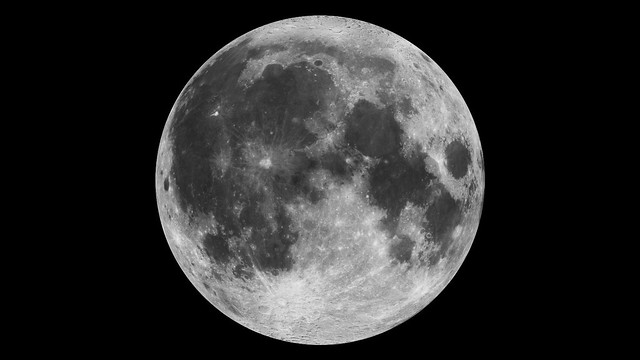For Nature Research, David Seed looks back on more than two millennia of the moon in literature. From Galileo to Jules Verne to Johannes Kepler to Edgar Allan Poe, writers have always been fascinated with fact and fiction regarding the moon. “One lunar-literature pioneer was the second-century Syrian satirist Lucian of Samosata, whose A True Story is often cited as the first science-fiction narrative. Extrapolating from sea voyages, travellers are blown to the Moon by a whirlwind. In a satire on Earthly territorial conflicts, they encounter a war between Sunites and Moonites. Lucian’s Moon-dwellers are tall humanoids dressed in woven glass and subsisting on frogs.”
Image credit: NASA










